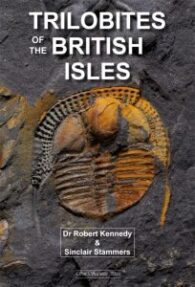This Dunedin Academic press guide provides, at an introductory level, a succinct and readable guide to metamorphism. As readers will know, metamorphic rocks are one of the three main types of rocks.
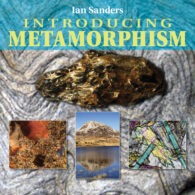

This Dunedin Academic press guide provides, at an introductory level, a succinct and readable guide to metamorphism. As readers will know, metamorphic rocks are one of the three main types of rocks.

The ‘Bracklesham Beds’ are a series of predominantly soft silty sands and clayey silts laid down in a sub-tropical shallow marine environment around 46Ma. Fossils are readily eroded and can be found loose on the beach along with modern sea shells. The guide has simple maps to direct fossil hunters to the best areas for surface-picking and likely exposures when the beach sand has been removed.
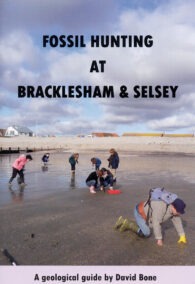
This is clearly one for our German readers, of which I am glad to say there are many. However, this glossy and excellently produced hardback, covering the fossils of the Alpstein region of Switzerland, may have general appeal to anyone interested in the identification and study of fossils from various parts of the world, despite being written in German.

Dr David Penney, founder and owner of the excellent Siri Scientific Presshas writen about Miocene spider inclusions in amber from deposits of the Dominican Republic. This is one of the many books on fossil spiders and insects that Siri Scientific Press publishes.

Growing up, I collected and purchased trilobite fossils for my own personal collection, to learn about and understand prehistoric life. They were to me, and still are, a fascinating group of fossils to examine and wonder about how the myriad of different forms evolved.
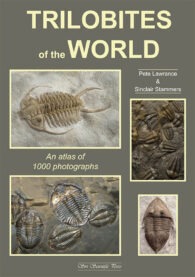
The second edition of this guide is written to explain the key concepts of tectonics and rock structures to students and to interested amateurs. I have reviewed a number of Graham Park’s books in recently years (see below) and he is clearly a prolific and excellent writer of books about the earth sciences.
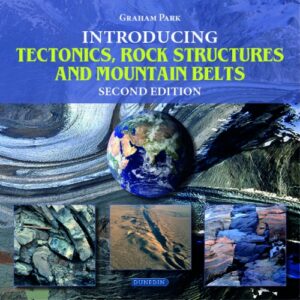
This is an interesting guide for someone like me who lives in the Southeast of England. In fact, I have commuted from London to Brighton by train, which took me through a cross-section of the Weald, which is the subject matter of this guide.
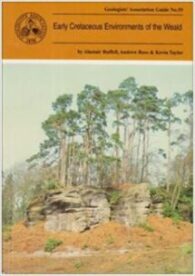
I have stood several times in front of an (apparently) plain white, chalk cliff-face along with others, while Prof Mortimore discussed the implications of what we were seeing. And, every time, I left not just thinking but knowing this was the most fascinating piece of geology I had ever seen. That is it the man.

I have to admit, I was beginning to wonder where Prof Rory Mortimore’s update of his excellent Chalk of Sussex and Kent was. And now I know. It wasn’t a second edition he was working on, but this magnificent magnum opus in two volumes covering a vastly greater area than that other guide. And the wait was more than worthwhile. The thoroughness, writing quality, content and publication standards are superb.
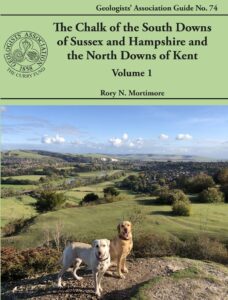
This beautiful, richly illustrated book was published by a group of sabre-tooth experts. It describes, in detail, the osteology of Xenosmilus and all skeletal elements are depicted in great detail.
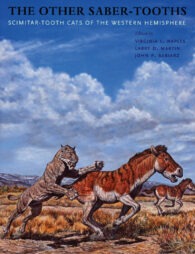
I’ve been waiting for a book like this for a very long time and am delighted that a publication of this quality has now arrived. New books covering British palaeontology are always welcome.
